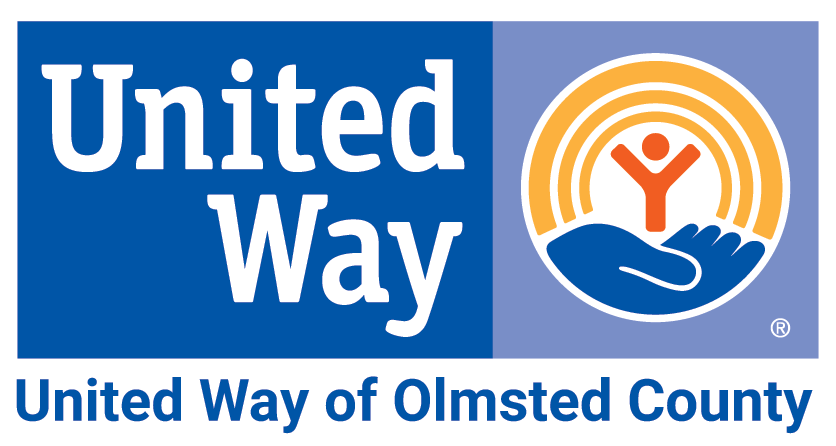.png)
Wednesday, January 12
“A just society organizes socioeconomic relations, property rights, and the distribution of income and wealth in such a way as to allow its least advantaged members to enjoy the highest possible life conditions.” - Thomas Piketty |
Wealth is more than just jobs.
It includes generational inheritance, annual median income, homeownership, access to a college education, access to workplace or self-employment, retirement plans, and more.
Wealth allows families to withstand job losses, illnesses, and other crises without severe financial disruptions. On nearly every measure, racial wealth disparities are evident. This is true for traditional economic measures like banking, housing, and employment, as well as other measures that have a direct impact on the ability of individuals and families to earn income and build wealth.
A snapshot of the economic disparities experienced by Olmsted County residents:
The percent of the population in Olmsted County living above the poverty level is consistently above 90%. However, not all people share equally in this prosperity. When we disaggregate local data, we can sometimes reveal a clearer story. The figure below shows that residents who are Black or African American are significantly less likely to live above the poverty line compared to Olmsted County residents of other races (U.S. Census Bureau). This disparity is the result of systemic inequities that will be explored further throughout the 21-Day Equity Challenge. When looking at data that is disaggregated in this way, it is important to be aware of personal biases that could affect our interpretation of the data.
What does this tell us?
Where you live and where children are raised can have a strong influence on opportunity. When these factors are combined with race, people of color are disproportionately impacted. Over the next few days, we will be exploring how wealth, income, race, and other factors impact a person’s housing, health, education, financial stability, and more.
Today's Challenge: Do one or more of the following...
OPTION 1: Watch How America Created its Shameful Wealth Gap. Solana Rice, Co-Founder of Liberation in a Generation Solana Rice explains how a combination of institutional racism and white supremacy created America’s racial wealth gap. (6:39)
OPTION 2: Watch Jeremiah Program Rochester Disrupting Poverty, a local documentary that explores the systemic barriers that create a cycle of persistent generational poverty. (29:28)
OPTION 3: Find Olmsted County on Opportunity Atlas, a comprehensive, Census tract-level dataset of children’s long-term outcomes using data covering nearly the entire U.S. population. This interactive tool estimates children’s outcomes in adulthood, such as earnings distributions and incarceration rates by parental income, race, and gender.
OPTION 4: Black boys raised in America, even in the wealthiest families and living in some of the most well-to-do neighborhoods, still earn less in adulthood than white boys with similar backgrounds. This New York Times article “Extensive Data Shows Punishing Reach of Racism for Black Boys,” explores the disproportionate impact race has on Black boys, helping to debunk widely held beliefs about income inequality.
Option 5: Wealth is a building block for prosperity, but most households of color have lost more than half their wealth over the past 30 years. Prosperity Now is working to make it right. Explore their reports and resources on racial economic equity.
Option 6: Journal about your newfound reflections on wealth and income.
- How do the data and stories in today’s challenge compare with the commonly told story that the United States is a land of equal opportunity?
- Consider your job or career and that of your parents or family. Are they in historically segregated industries?
- How does segregation in employment affect your or your family’s earning power?
